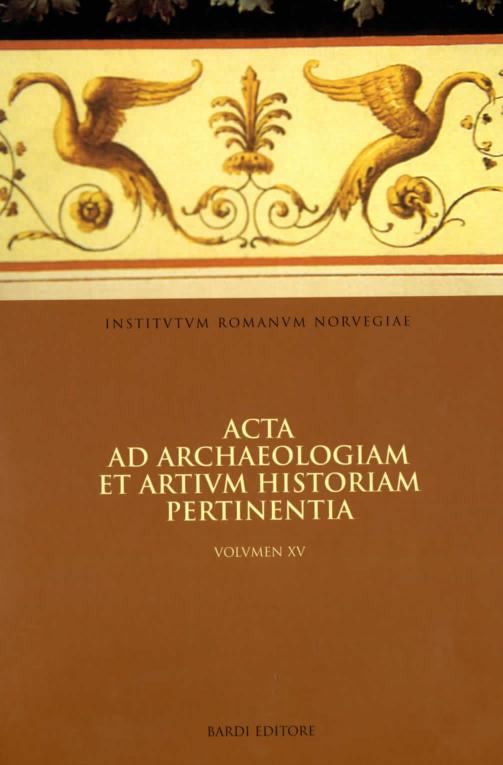The Iconography of the Sarcophagus in S. Ambrogio. Hope for Salvation through the Word of Christ
DOI:
https://doi.org/10.5617/acta.5679Abstract
The sarcophagus in the church of S. Ambrogio in Milan is dated to about 390. The lid of the sarcophagus shows scenes and symbols connected to the New Testament. On the front and rear sides, we find Christ represented among the Apostles. Figures from the Old Testament are shown on the two short sides. In this way, the narrative scenes are well arranged, and the arrangement differs from other early Christian sarcophagi in which scenes from the Old and New Testament are places together without any apparent connection between the scenes. Rows of city-gates run around all four sides, forming the background for the reliefs. The city-gates invite the beholder to read the images not as isolated scenes, but as parts of a connected whole. In this paper, I will argue that the iconography of the sarcophagus can be interpreted as a complete programme. The programme emphasizes the teaching of Christ and the Apostles’ teaching-mission given by Christ. Taking into consideration the monument’s funerary context, the programme of the sarcophagus focuses on the Word or the teaching of Christ as the way to salvation.
How to Cite
Issue
Section
License

This work is licensed under a Creative Commons Attribution-NonCommercial 4.0 International License.
Authors who publish with this journal agree to the following terms:
- Authors retain copyright and grant the journal right of first publication with the work simultaneously licensed under a Creative Commons Attribution License that allows others to share the work with an acknowledgment of the work's authorship and initial publication in this journal.
- Authors are able to enter into separate, additional contractual arrangements for the non-exclusive distribution of the journal's published version of the work (e.g., post it to an institutional repository or publish it in a book), with an acknowledgement of its initial publication in this journal.
- Authors are permitted and encouraged to post their work online (e.g., in institutional repositories or on their website) prior to and during the submission process, as it can lead to productive exchanges, as well as earlier and greater citation of published work (See The Effect of Open Access).





